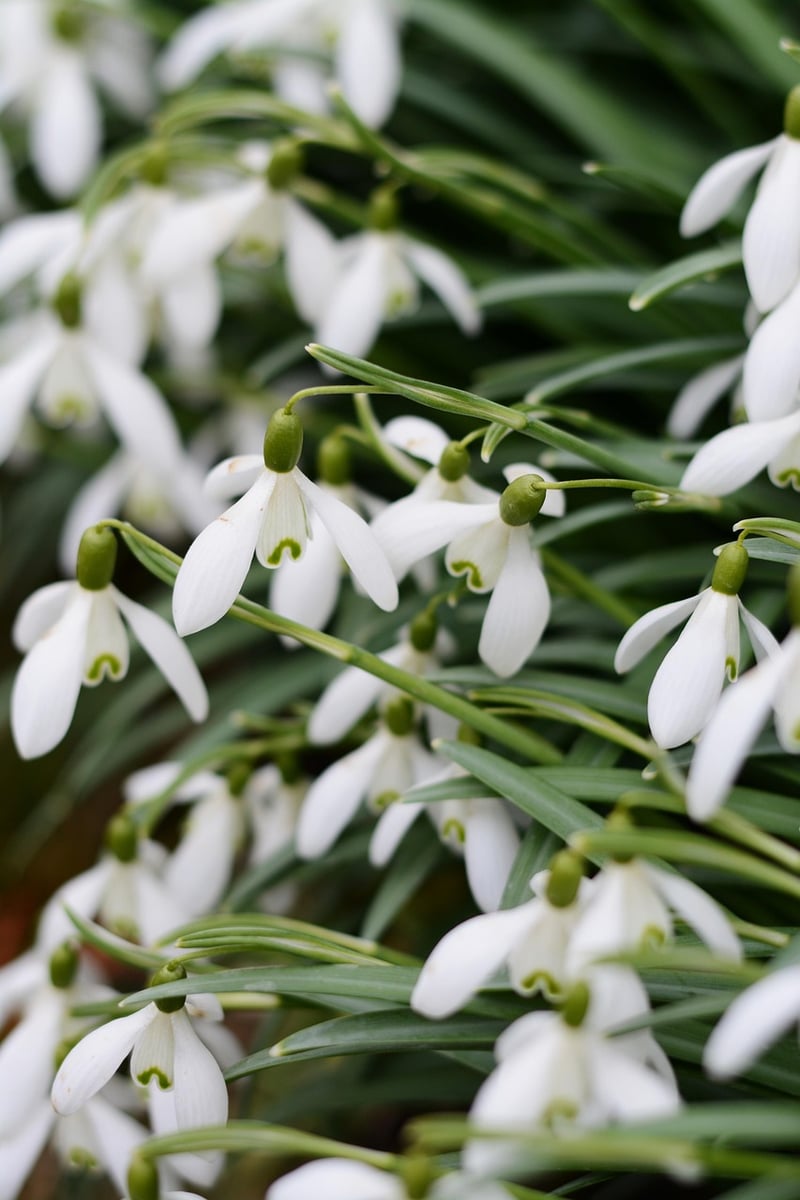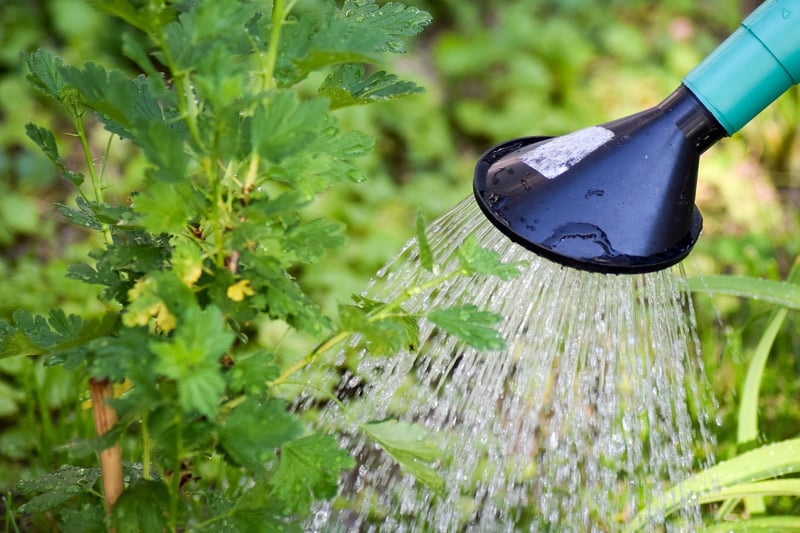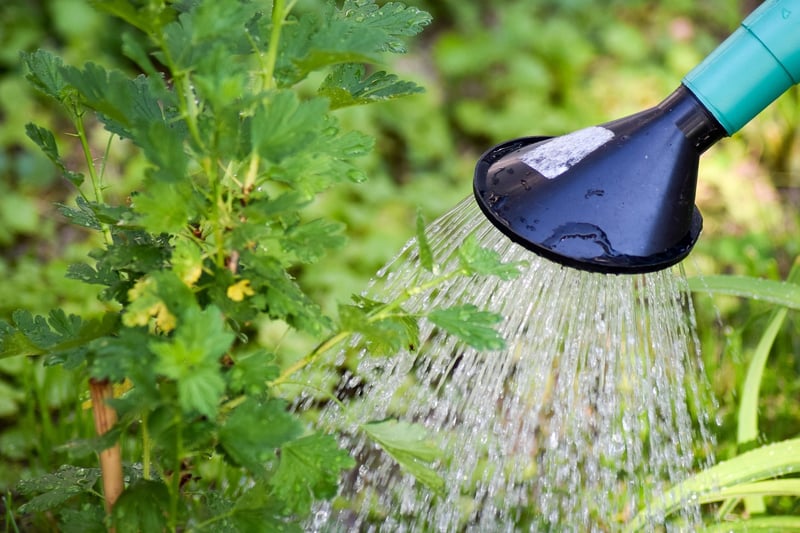Watering Guidelines
Choosing the Right Plants for Your Garden
Introduction
Creating a beautiful garden starts with choosing the right plants. Whether you're a seasoned gardener or a beginner, selecting the right plants can make all the difference in the success of your garden. Here are some tips to help you choose the perfect plants for your outdoor space.
Sunlight Requirements
One of the most important factors to consider when choosing plants is their sunlight requirements. Some plants thrive in full sun, while others prefer partial or full shade. Make sure to assess the amount of sunlight your garden receives throughout the day to select plants that will thrive in that environment.
Soil Type
Understanding your soil type is crucial for plant selection. Some plants prefer well-draining soil, while others thrive in moist, rich soil. Conduct a soil test or consult with your local garden center to determine the type of soil in your garden before choosing your plants.
Climate Considerations
Consider the climate in your region when selecting plants. Some plants are cold-hardy and can withstand frost, while others thrive in warmer climates. Choose plants that are suited to the temperature range and weather conditions in your area for optimal growth.
Watering Guidelines
Once you've selected the right plants for your garden, it's essential to water them correctly to ensure their health and growth. Here are some general watering guidelines to help you maintain a thriving garden:
1. Watering Frequency
Establish a watering schedule based on the needs of your plants and the weather conditions. In general, most plants require about 1 inch of water per week, either from rainfall or manual watering. Adjust the frequency based on the plant's individual requirements.
2. Watering Techniques
Water plants at the base to ensure that the roots receive adequate moisture. Avoid overhead watering, especially in the heat of the day, as it can lead to evaporation and fungal diseases. Consider using a soaker hose or drip irrigation system for efficient watering.
3. Monitoring Soil Moisture
Check the soil moisture regularly to prevent overwatering or underwatering. Stick your finger into the soil to a depth of 1-2 inches. If it feels dry, it's time to water. If it's still moist, hold off on watering to prevent waterlogged roots.
Conclusion
By choosing the right plants for your garden and following proper watering guidelines, you can create a vibrant and flourishing outdoor space that brings joy and beauty year-round. Remember to tailor your plant selection and watering practices to meet the specific needs of your garden for the best results.


